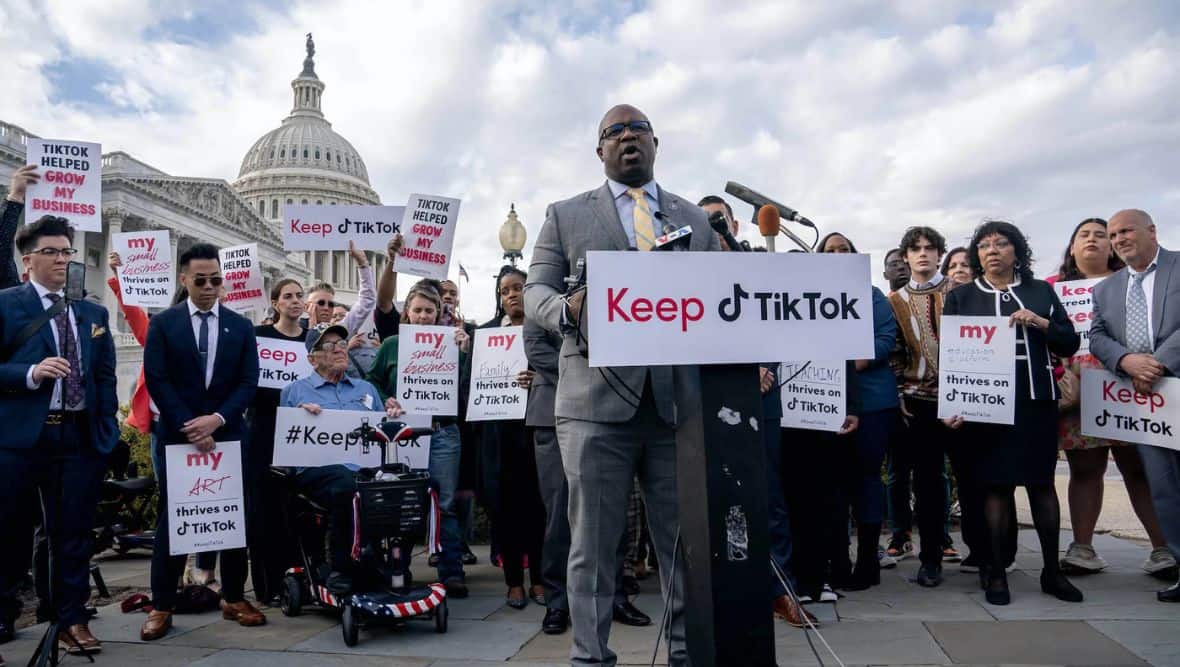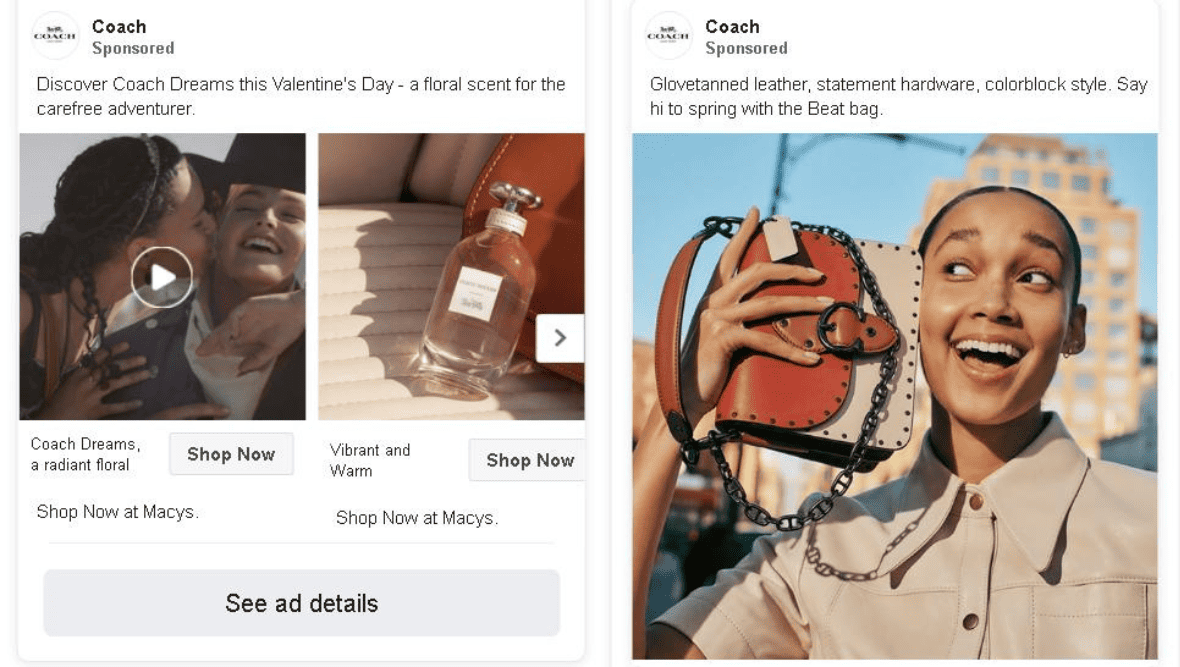
Is Tiktok getting banned in the US? What will this mean for business, creators and consumers? Let’s dive into it…
There’s been plenty of buzz from marketers, politicians and users of the platform about the US banning popular global social media app TikTok. But is it true? And if so, what does this mean for creators, brands and businesses that market themselves or their products on the platform? Well, with over 1 billion monthly active users, TikTok is the 4th largest social media platform in the world in terms of monthly active users. Specifically in the US, the social media platform boasts 150 million North American users (equalling nearly half of America’s population), spending over 4.43 billion total minutes per day on TikTok. On average that’s an estimated 55.8 minutes per day!
So, can a platform this large and dominant be stopped in a country with mass audiences? Even if it should?
What effect would this have on the rest of the world as consumers and competitors?
Already there has been outrage among app users who are fighting back on the US government's decision to try and pass the bill to have the platform banned. This has even lead to protests outside the US Congress, and many experts decrying the ban as a threat to free speech and open commerce.
Michael Hughes, a spokesperson for TikTok says, “The government is attempting to strip 170 million Americans of their constitutional right to free expression”. Adding that, “This will damage millions of businesses, deny artists an audience, and destroy the livelihoods of countless creators across the country.”
In 2023, Oxford Economics conducted research measuring the economic impact generated by U.S. small- and mid-sized businesses on TikTok. Findings were that these businesses that marketed or advertised on TikTok generated nearly $15 billion in revenue. These businesses on TikTok also placed a significant value on the free services provided by TikTok, which help them grow organically.
What are the advantages of TikTok for marketing and advertising?
Tiktok users who are looking to promote a product or service are able to reach wide audiences on the platform as out of 5.3 billion internet users, 23.02% of these use the social media app. Having launched in 2016, Tiktok has risen to fame worldwide being downloaded more than 4.1 billion times. With quick success, the US saw a 1239.29% increase in users between 2018 and 2023. So it’s not just big businesses who are gaining from this user-led platform. Instead, it’s small creators who may be impacted the most if it falls.
But do the benefits outweigh the potential risks? Mutterings about the security risks that TikTok poses are happening across the globe, amongst tech experts and political figures alike.
Who else has banned TikTok?
The US hasn’t just appeared out of thin air to make this move, and they’re not the first to put it to their governments. India in 2020 and Nepal in 2023 both imposed a nationwide ban on TikTok. Following these countries’ bans on the platform, the US has already introduced bans on government owned devices. This was done in order to avoid government data being leaked to TikTok. As of May 2023 government-issued devices have been prohibited by 33 states out of 50. Along with government devices, some universities in over 14 states have also banned access to TikTok on campus Wi-Fi and university owned computers.
Why does the US want to ban TikTok?
So why exactly do the US government want to implement this country wide ban? Since Tiktok’s first appearance in 2016 there have been fears over information and personal data being shared and sold by the Chinese owned company.
The US is proposing that TikTok’s owner company ByteDance sells the ownership to the US, ensuring the user data isn’t being passed through to China and potentially used as intel for political purposes.
What will the ban mean for creators and businesses?
TikTok enables creators to have the ability to increase brand awareness and identity. Read our previous blog here and find out all about TikTok’s benefits, how it can be used to your advantage and why every brand or business should be active on the platform.
Many US creators will miss out on audiences, reach, awareness and millions of dollars worth of brand deals and collaborations. As the platform is a valuable marketing tool for brands, they can significantly increase brand awareness, ensuring their message reaches a massive and diverse audience. This creates the best audience for any brand to promote their products or services on their own profiles but also through the use of influencer marketing.
Hundreds, if not thousands of TikTokers have built huge followings which gives them the ability to earn a living through posting on the platform, whether that is through TikToks own Creator Fund or through external partnerships with brands.
Reports show the average earnings of US influencers on TikTok as the following:
A breakdown of average earnings:
48% earned less than $15,000.
9% earned between $15,000 and $25,000.
7% earned between $25,000 and $35,000.
5% earned between $35,000 and $50,000.
11% earned between $50,000 and $75,000.
5% earned between $75,000 and $100,000.
6% earned between $100,000 and $150,000.
7% earned $200,000 or more.
Where does this leave the US now?
Now that we understand the impact of TikTok, how it is not only used for entertainment purposes but also as a livelihood and income for thousands of creators - is it morally correct for the US government to place a ban on the app?
Many are sceptical about the realities of the bill being passed and approved in congress as the US government has previously tried to have the platform banned without success.
Our advice to creators and businesses operating on TikTok is to make the most out of it until there is a final decision, use TikTok to the best of your ability to gain the maximum attraction to your profile. Don’t forget to use your platform to promote and redirect traffic to other social media platforms! And if all else fails, at least we still have Instagram Reels…
Make sure to follow our LinkedIn to keep up with our latest blog posts. Sign up to our newsletter for monthly updates on all things marketing.


